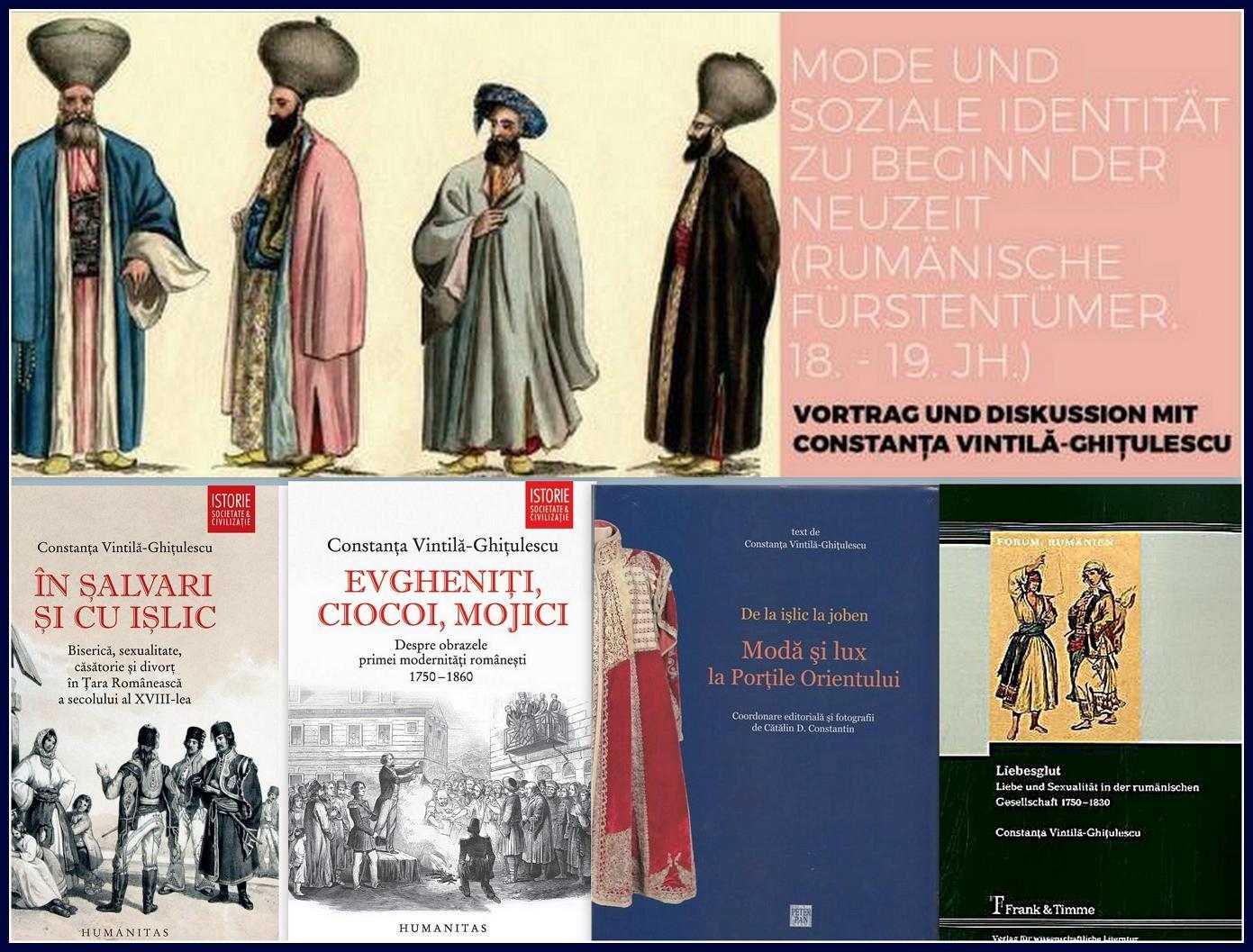

Women of a certain class most often came into possession of certain goods upon their marriage. It shows how women and their relationships structured the social and political life of a household, underlining how female friendships contributed to the advancement of a political career, the upkeep of networks, and the establishment and maintenance of useful connections. This part also looks at the social life and sociability experienced by women through consumption and travel. What sort of goods could women own? How was their well-being defined? Who contributed to this well-being, and how? What sort of sources speak of women’s goods? These are the questions that I shall try to answer in the first part, by examining local and regional sources, but also through corroboration with other studies dedicated to the economic situation of women. Before analysing their active role in the construction of intercultural networks, I shall turn first to the relation between women and wealth in order to shed light on their economic and social position, an important instrument in appreciating women’s agency. Studying women and their networks helps us to understand better not only the circulation of people, ideas, and knowledge between empires, but also inter-regional integration through matrimonial alliances or political sociability.

With the help of unpublished documents, I propose in this part to examine the active role of women in political networks and in trans-imperial mobility. While it might be imagined that these archives would contain only information relating specifically to these two Ottoman provinces, a careful analysis brings to light the ethnic and religious diversity of a population that wandered through the empires, leaving documentary traces that enable a reconstruction of the past. In this chapter, I shall deal principally with women whose traces are to be found in the archives of Wallachia and Moldavia. However, research in this area still has much to offer, and rich archival material awaits researchers to decipher it, read it, interpret it, and use it in the sort of analysis that is very necessary for an understanding of local societies. The freedom of movement resulting from the fall of the communist regimes has allowed researchers to integrate themes of international and interdisciplinary research into their field, taking advantage of hitherto unpublished archive material and the curiosity of a public eager to know its past. In spite of the international explosion of gender studies, many aspects of the history of women in southeastern Europe still remain relatively unexplored.


 0 kommentar(er)
0 kommentar(er)
